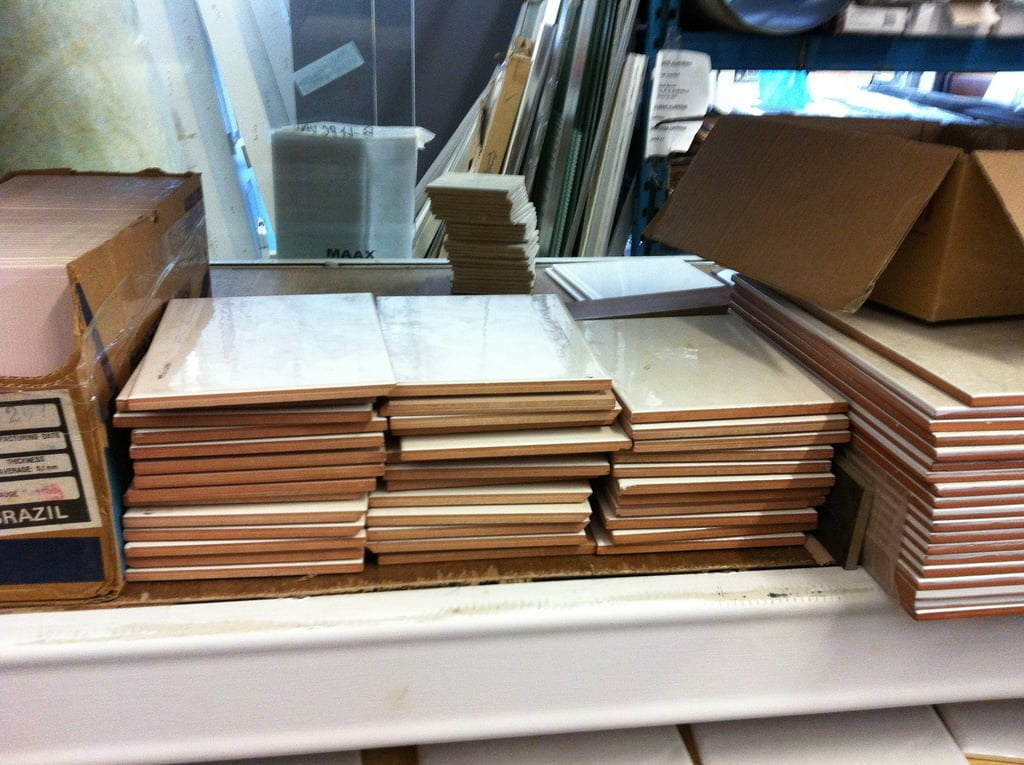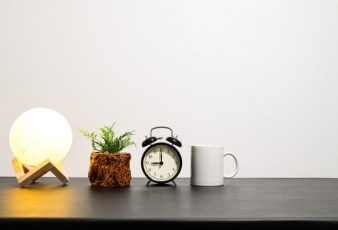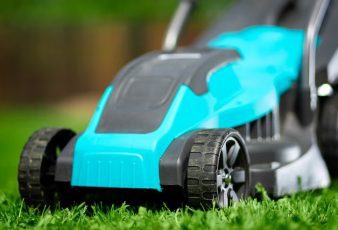Looking after your tiles is the best way to ensure that they stay in the best condition possible for as long as possible. You want to ensure that your tiles keep their colour and the tile cement remains the same colour as the day it was laid. If you don’t keep your tiles well maintained, then you may find that they encourage the spread of mould and fungus.
Dan Dan the Carpet Man explains that despite your tiles looking smooth and clean, there could be dirt and debris stuck in the grooves. This is why experts suggest that tile maintenance is far tougher than it looks. Maintaining the same would not only help in ensuring that their appearance stays as new as possible, but also save you the trouble of relaying the tiles after regular periods and incurring extra costs.
If you have just had floor or wall tiles installed for the first time, then take a read of our tips and tricks to help you look after your brand-new floor and wall tiles.
Clean regularly:
Keeping a regular cleaning routine not only keeps your home looking nice but it is also vital from a basic hygiene point of view. The grout between ceramic wall tiles, due to its coarse nature, is the ideal breeding ground for bacteria that thrive in damp, warm conditions. Over time, bacteria build-up can lead to mould or fungus growth with will discolour your tiles and grout as a black growth appears. Regular cleaning with a standard anti-bacterial cleaner will prevent this and keep your tiles looking as good as new.
Don’t use abrasive products:
While it is important to keep your new tiles clean and free of debris, dirt and bacteria, you should avoid using harsh chemicals to clean your wall and floor tiles. Strong acids will damage the grout and glazed surface of the tile while strong alkalis will discolour the grout. You should also avoid using metallic brushes or pads on your ceramic and porcelain floor tiles and wall tiles so as not to scratch the surface of the tile. Just use a sponge, cotton mop or cloth.
Remove excess moisture:
As previously mentioned, bacteria, mould and fungus thrive in damp conditions, so it is advisable to wipe up any excess moisture from your porcelain floor tiles or wall tiles in your bathroom after a shower or bath. Water that is left to stagnate attracts bacteria so give your tiles a quick wipe with a cloth or towel to reduce the amount of moisture your tiles are left exposed to. In kitchens and bathrooms, extractor fans can also help to reduce the moisture level in the air.
Clean spillages quickly:
Spillages left to sit on tiled floors can leave a stain which can be incredibly difficult to remove later. If you have any spillages or marks on your wall or floor tiles, then clean them up as quickly as you can. Grease, dirt, and liquids can get under the glaze on your tiles if left to sit and then it will be impossible to remove no matter how hard you try. Rust is also notoriously difficult to remove from the surface of tiles so do not leave cans or tins to sit in moisture on your tiles as you may be left with a rust ring that you cannot budge.




























